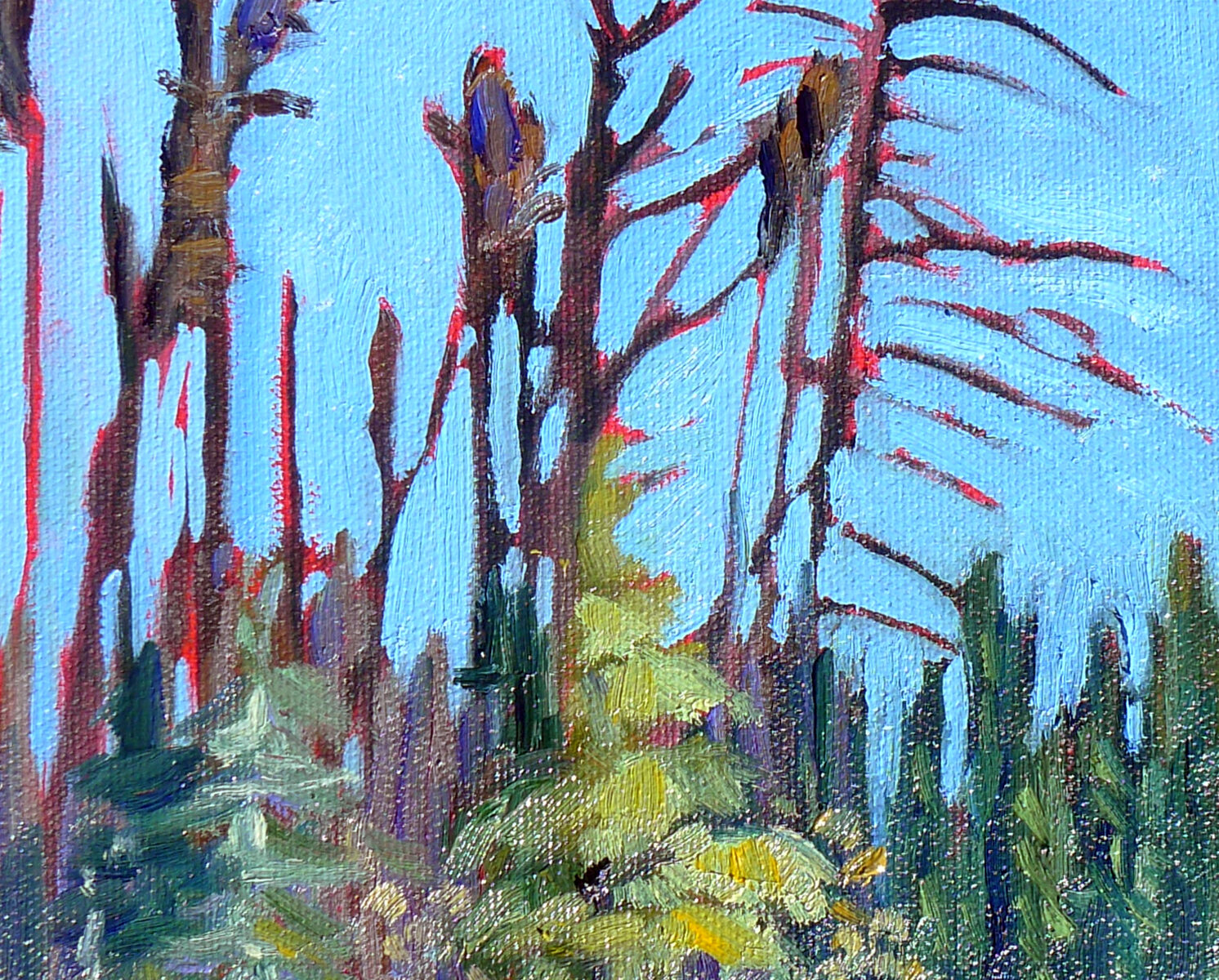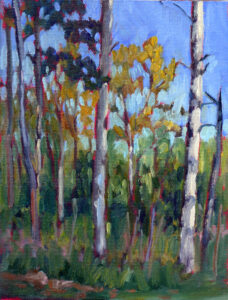
Alex Schaefer paints banks in flames. I was thinking of him this week as I read about hundreds of wildfires burning across Canada. I’ve painted across both Alaska and Canada. There’s lots of evidence that the Great White North is no stranger to wildfire. You see the signs and remnants everywhere. We Americans only notice when the wind shifts and smoke is on our tongues, as it has been this week.
Last week, we got a light backwash from Nova Scotian fires here in Maine. Now it’s New York’s turn. The smell and smoke are overwhelming, according to my friends and family. My son sent me a photo of the weird brown light around his apartment. Down in Greene County where his sister works, Public Safety sent out a robocall warning people to not go outside.
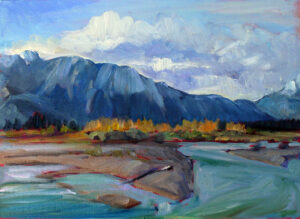
It’s supposed to be worse today, leading some in Greater Rochester Plein Air Painters to cancel their midweek paint-outs. I’m watching carefully, because I plan to paint with them at 1 PM on Sunday, at Bushnell’s Basin in Perinton. This will be nostalgic, for I lived most of my life within rock-skipping distance of the Erie Canal. I’m looking forward to watching its stately green flow, drawing an old metal bridge, and perhaps striking lucky with a gaily-caparisoned canal boat at rest. Mostly, though, I’m looking forward to seeing my friends.
But it won’t happen if they’re still sitting under a cloud of ash. It’s just not safe.
If you’ve ever been downwind of a wildfire, you know it isn’t pleasant. It smells more like burning trash than a bonfire; it’s acrid and sticks in your nose. It’s worth remembering that this was typical air quality for 19th century cities, It probably still is in some fast-growing Asian cities.
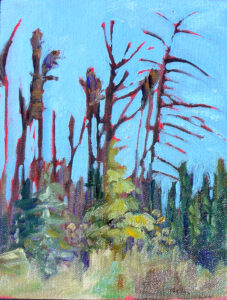
Scientists speculate that this bad air led to some of the spectacular atmospherics in the paintings of Turner, Whistler, Monet and others. That was good for art, but it was bad for the vulnerable-the elderly, infants, or people with compromised hearts or lungs. London’s pea soupers were so common that they were called London particulars. These fogs were comprised of soot and sulfur dioxide and came from the widespread burning of soft coal for both homes and industries.
From as early as the 13th century, the English understood that coal had a harmful effect on health, and observed smog over their towns and cities. The mists and fogs of the Thames valley contributed to its concentration over London. London particulars must have been particularly unpleasant before the city built a modern sewer system in the mid-19th century. By then, the relationship between coal smoke and respiratory disease was clear. One prolonged London particular, in January-February 1880, was estimated to have choked 2000 Londoners to death.
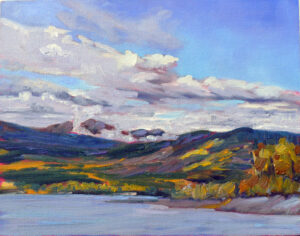
But still England lumbered along with soft coal fuel, until conditions in December, 1952 created the perfect storm. Extreme cold combined with an anticyclone and windless conditions formed a thick layer of smog over the city. At the time, the Great Smog of London was credited with 4,000 deaths; today we think it killed 10,000-12,000 people. The Clean Air Acts that it provoked created the modern British cities we love today, where a coating of coal tar is just an historical memory.
We assume that wildfire is less toxic, and it probably is-providing it’s burning the woods and not homes or factories. It’s still a danger to people at risk: those with cardiovascular or pulmonary disease, or infants and the elderly. So, if you’re in the way of the great plumes of smoke coming down from Canada this week, stay in your studio. There will be plenty of fine weather in the months ahead.
My 2024 workshops:
- Painting in Paradise: Rockport, ME, July 8-12, 2024.
- Sea & Sky at Schoodic, August 4-9, 2024.
- Find your authentic voice in plein air: Berkshires, August 12-16, 2024.
- Art and Adventure at Sea: Paint Aboard Schooner American Eagle, September 15-19, 2024.
- Immersive In-Person Workshop: Rockport, ME, October 7-11, 2024.

